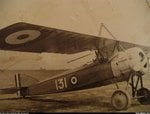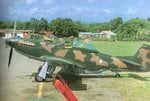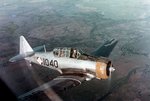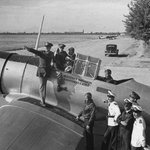This is a subjet I wanted to deal with for long time, but sadly it is being very difficult to find pictures and information about the planes that flew under the latin colours in america. That means I havent enough information for a single thread for each Air Force, so I have no chance but to put all them on the same post. Perhaps with the Argentinian and the Uruguayan Air Forces I could make an exception, but I have finally decided that for an homogeneous and deep treatment of these Air Forces it would be better to study them at the same time.
I hope you enjoy the thread
I hope you enjoy the thread











































